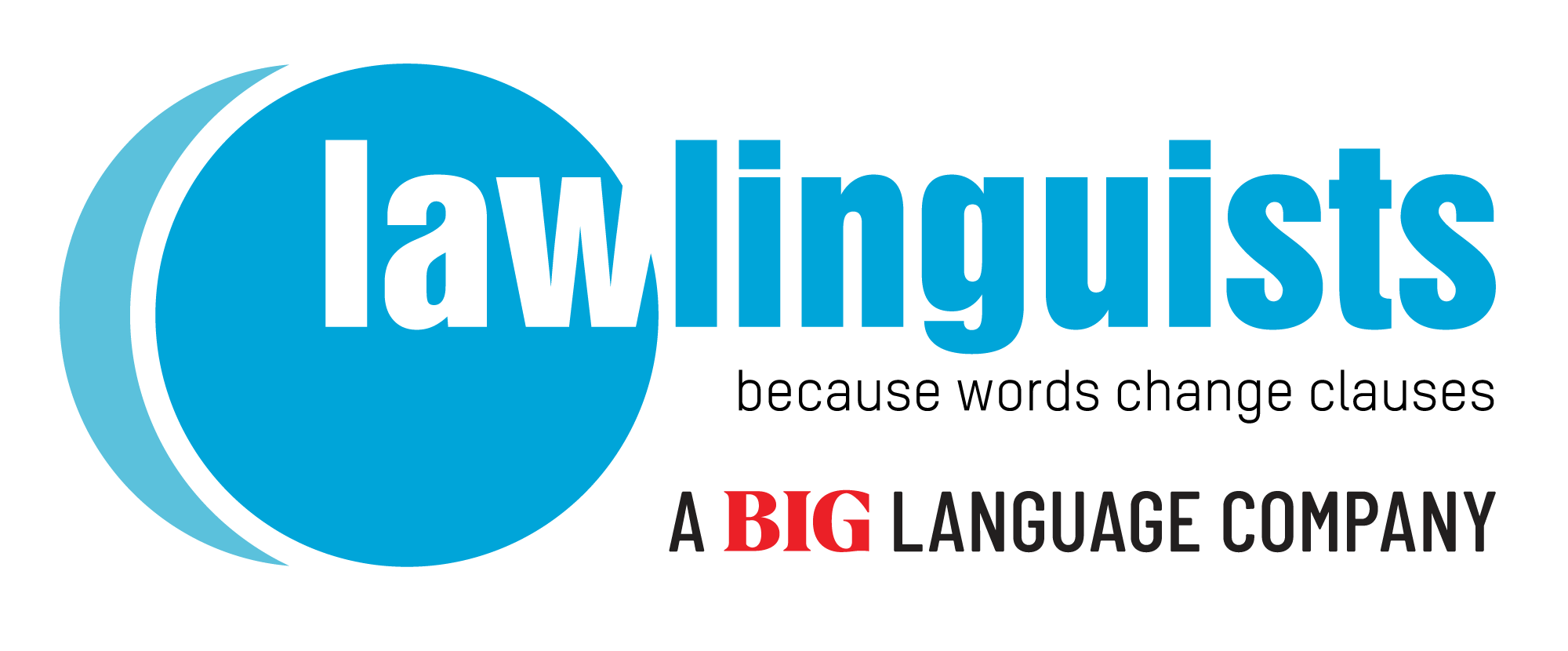Emojis: will brands get right what their customers are saying?
By Lawlinguists In communication, FactsEmojis are the universal language of social networks. Will brands get right what their customers are saying?
It does not matter if we want to admit it or not, emoticons have become part of our daily conversations. For a regular user of any digital communication channel is not the same to leave a comment or have a conversation without using one of these icons.
This has happened because when we communicate, we use very strong expressions (such as sarcasm) and have developed the „ability“ to express this through emoticons.
Take a simple example. Think of all the situations where you have used this ![]() face in a conversation. Its meaning may well change depending on where you are and what you say around it.
face in a conversation. Its meaning may well change depending on where you are and what you say around it.
This way of communication has reached such a high level that today, we are very careful when selecting that “face” when your girlfriend is mad at you.
Because of this Synthesio — the solution that helps teams listen to, analyse, and engage with consumer conversations across social and mainstream media — is announcing support for emoji and emoticon analysis in 17 different languages, along with a new analysis tool.
They said: “The biggest difference with emoticons throughout the globe, especially in Western countries versus Asian countries, is about the characters used and their direction,” Matthew Zito, chief strategy officer at Synthesio told me. “For example, in Western countries, most of the faces are laid sideways, such as :-), and ;O. Westerners use mostly Latin characters.”
But it is a different story in Asia
“In Asian countries, you’ll see characters used to express emotion,” Zito said. “For example, ‘crying face’ in Korean is ㅠ_ㅠ, or ^▽^ in Japanese. These are not ‘laid’ characters but rather are standing faces.” This is the reason why emoji have become the universal language of emotions.
In social listening, understanding when a prospective or current customer is happy, sad, or enraged with your product or service is important. In fact, listening to people on social media will give you an immediate competitive advantage. As I found in my study of social media tools and tactics, almost one-third of social media complaints are ignored by brands. That’s over 280 million unanswered complaints per year.
Synthesio’s new capabilities allow brands to capitalize on the popular usage of emoticons and emojis as forms of expression online. You can now react appropriately if someone thinks your product is ![]() or your service was
or your service was ![]() .
.
Both Synthesio Reveal and the support for emoji and emoticons across 17 languages within the existing Synthesio suite are available from today.



